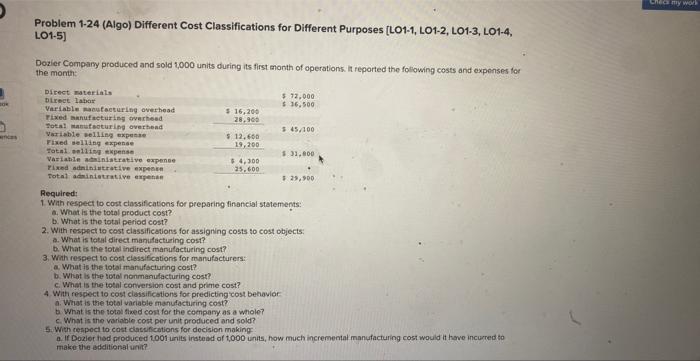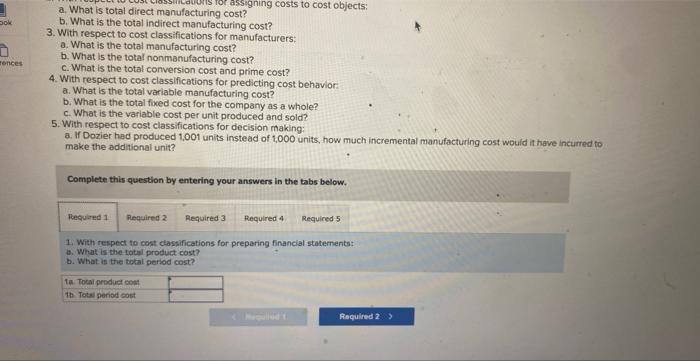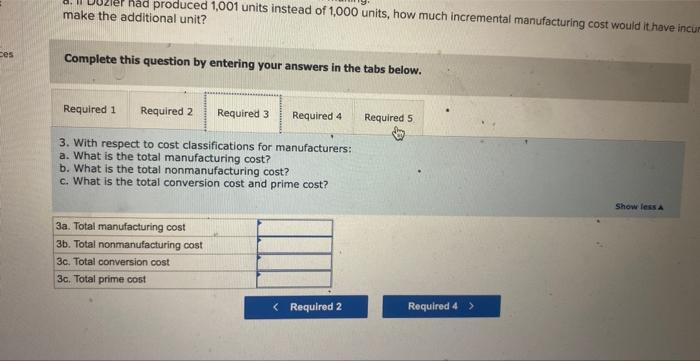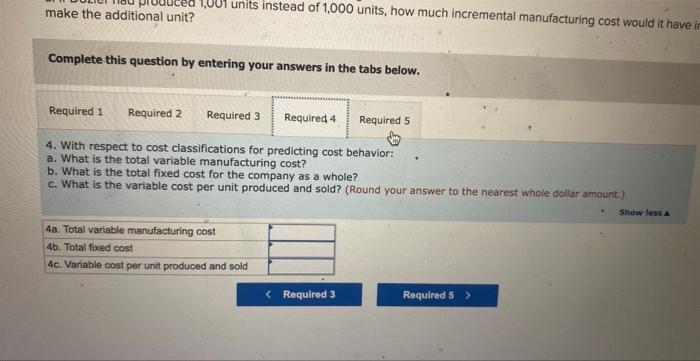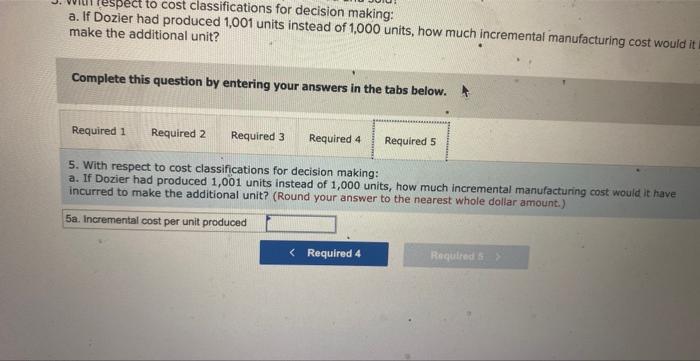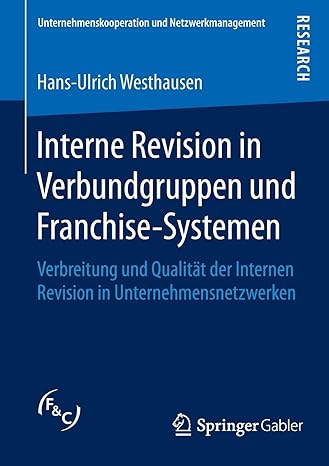Problem 1-24 (Algo) Different Cost Classifications for Different Purposes [LO1-1, LO1-2, LO1-3, LO1-4, L01.5] Dozier Company produced and sold 1,000 units during its first month of operations. it reported the following costs and expenses for the month: Required: 1. Wah respect to cost classifications for preparing financial statements: a. What is the total product cost? b. What is the total period cost? 2. With respect to cost elassifications for assigning costs to cost objects: a. What is tetal direct manudacturing cost? b. What is the total indirect manufactueing cost? 3. Wath respect to cost elassifications for manufacturers: a. What is the total manufocturing cost? b. What is the total nonmanufacturing cost? c. What is the total conversion cost and prime cost? 4. With respect to cost classifications for predicting cost behavior: a. What is the total variable manufacturing cost? b. What is the totai fixed cost for the company as a whole? c. What is the variable cost per unit produced and sold? 5. With ceapoct to cast clacsifications for decision making: a. If Dozier had produced 1,001 units instead of t,000 units, how much incremental manufacturing cost would it heve incurred to make the additional unit? a. What is total direct manufacturing cost? b. What is the total indirect manufacturing cost? 3. With respect to cost classifications for manufacturers: a. What is the total manufacturing cost? b. What is the total nonmanufacturing cost? c. What is the total conversion cost and prime cost? 4. With respect to cost classifications for predicting cost behavior: a. What is the total variable manufacturing cost? b. What is the total fixed cost for the company as a whole? c. What is the variable cost per unit produced and sold? 5. With respect to cost classifications for decision making: a. If Dozier had produced 1,001 units instead of 1,000 units, how much incremental manufacturing cost would it have incurred to make the additional unit? Complete this question by entering your answers in the tabs below. 1. With respect to cost classifications for preparing financial staternents: a. What is the totul product cost? b. What is the total period cost? b. What is the total fixed cost for the company as a whole? c. What is the variable cost per unit produced and sold? 5. With respect to cost classifications for decision making: a. If Dozier had produced 1,001 units instead of 1,000 units, how much incremental manufacturing cost would it hav make the additional unit? Complete this question by entering your answers in the tabs below. 2. With respect to cost classifications for assigning costs to cost objects: a. What is total direct manufacturing cost? b. What is the total indirect manufacturing cost? make the additional unit? Complete this question by entering your answers in the tabs below. 3. With respect to cost classifications for manufacturers: a. What is the total manufacturing cost? b. What is the total nonmanufacturing cost? c. What is the total conversion cost and prime cost? make the additional unit? Complete this question by entering your answers in the tabs below. 4. With respect to cost classifications for predicting cost behavior: a. What is the total variable manufacturing cost? b. What is the total fixed cost for the company as a whole? c. What is the variable cost per unit produced and sold? (Round your answer to the nearest whole dollar amount) a. If Dozier had produced 1,001 units instead of 1,000 units, how much incremental manufacturing cost would it make the additional unit? Complete this question by entering your answers in the tabs below. 5. With respect to cost classifications for decision making: a. If Dozier had produced 1,001 units instead of 1,000 units, how much incremental manufacturing cost would it have incurred to make the additional unit? (Round your answer to the nearest whole dollar amount.)
